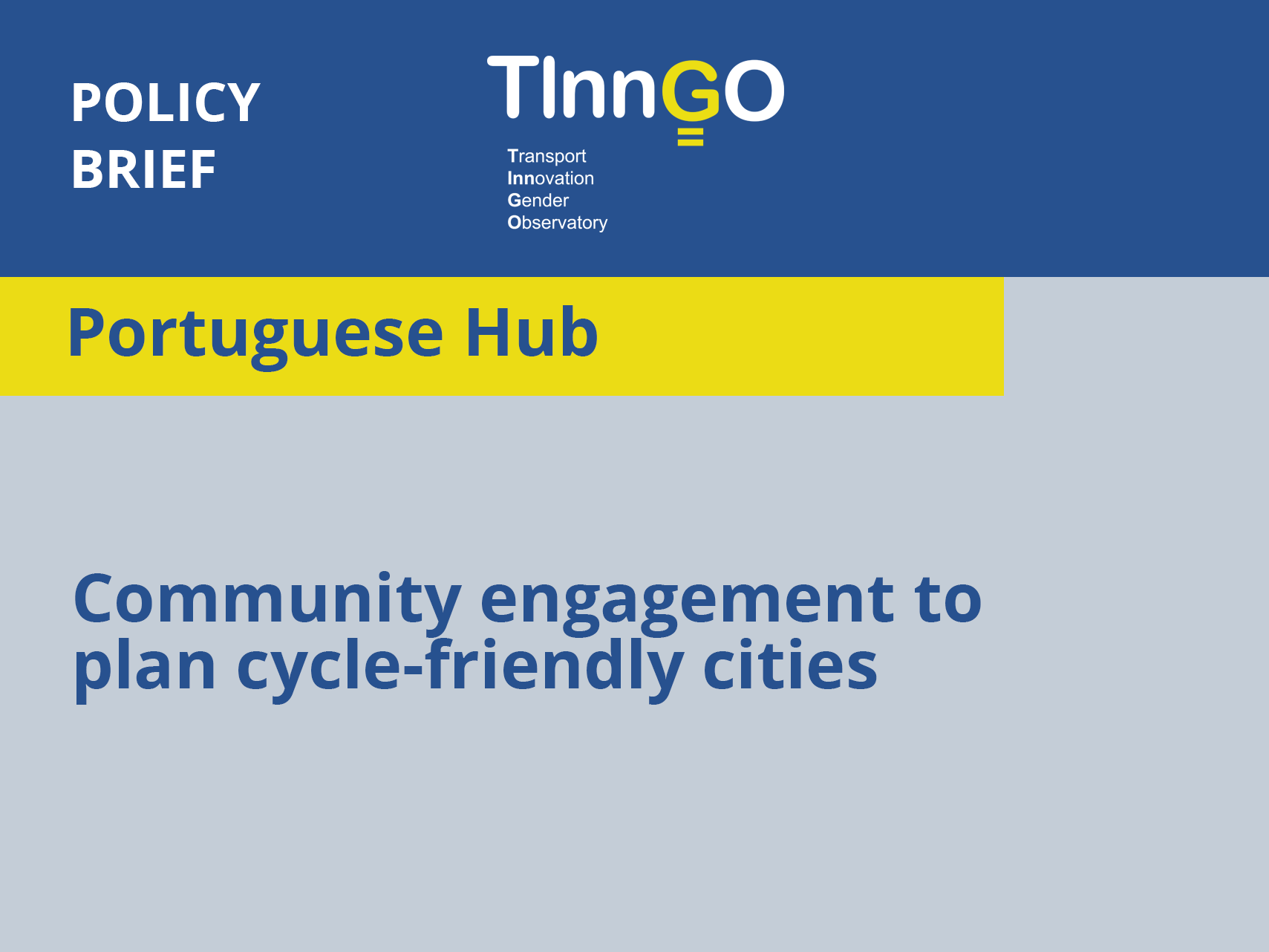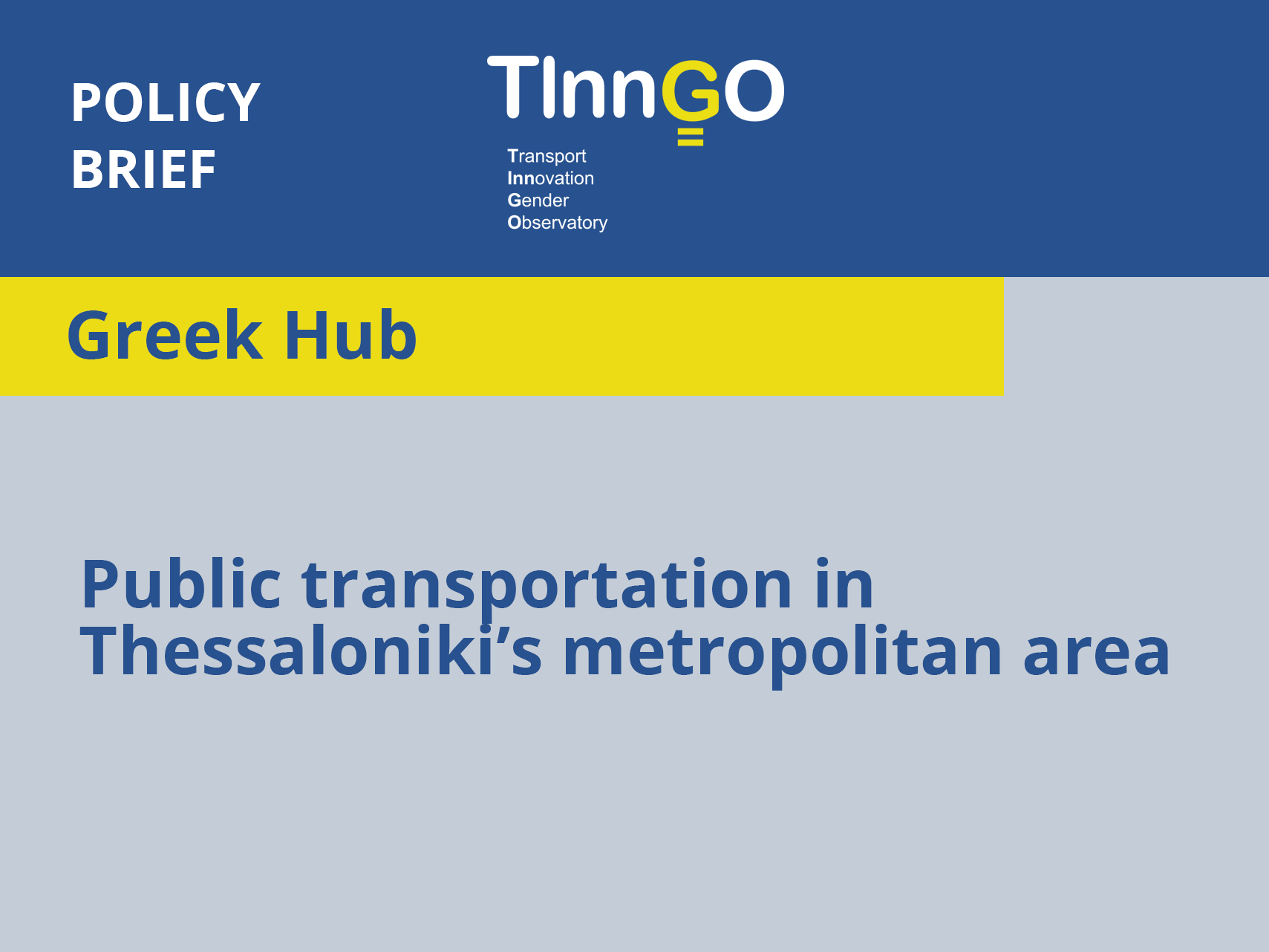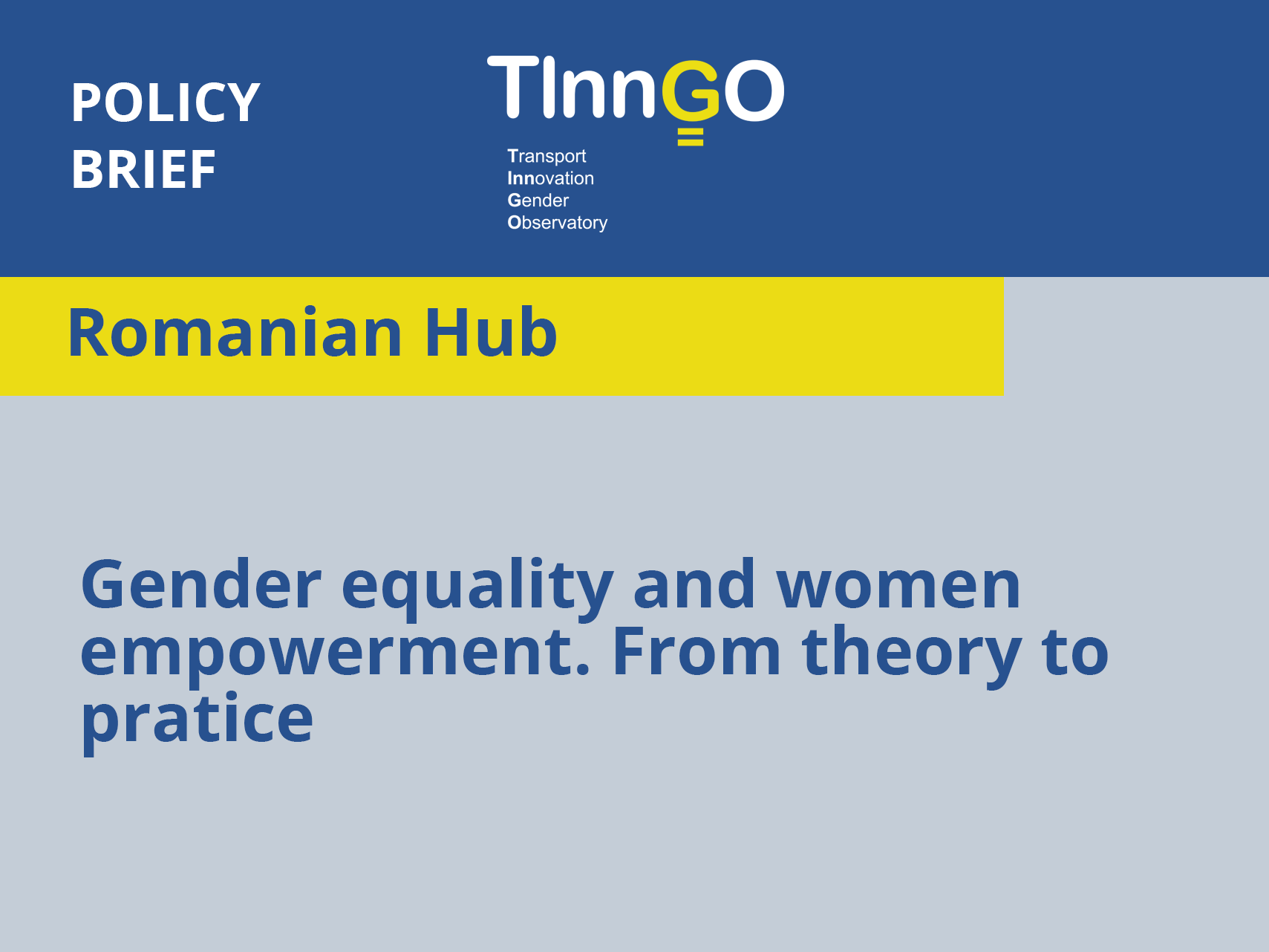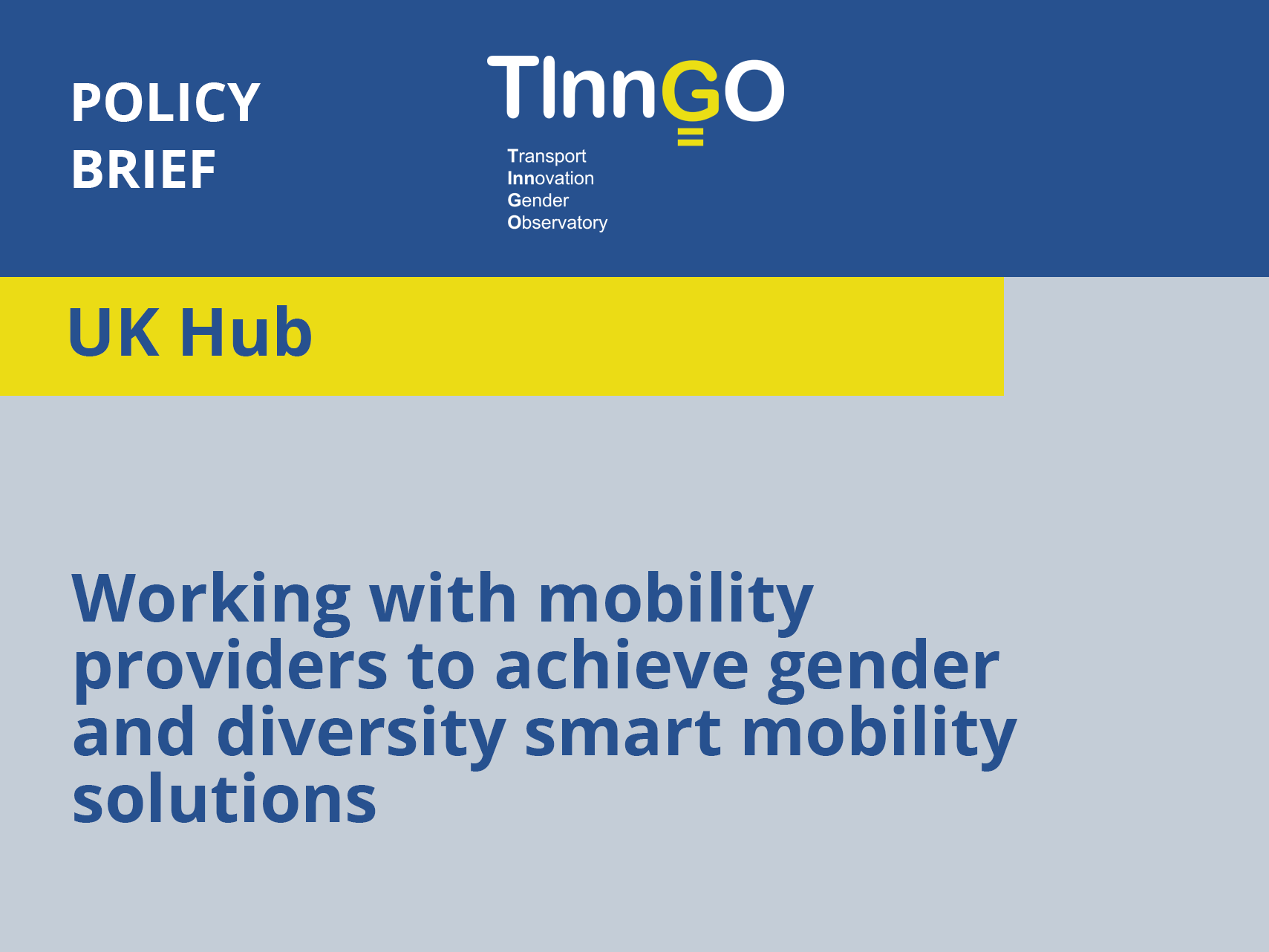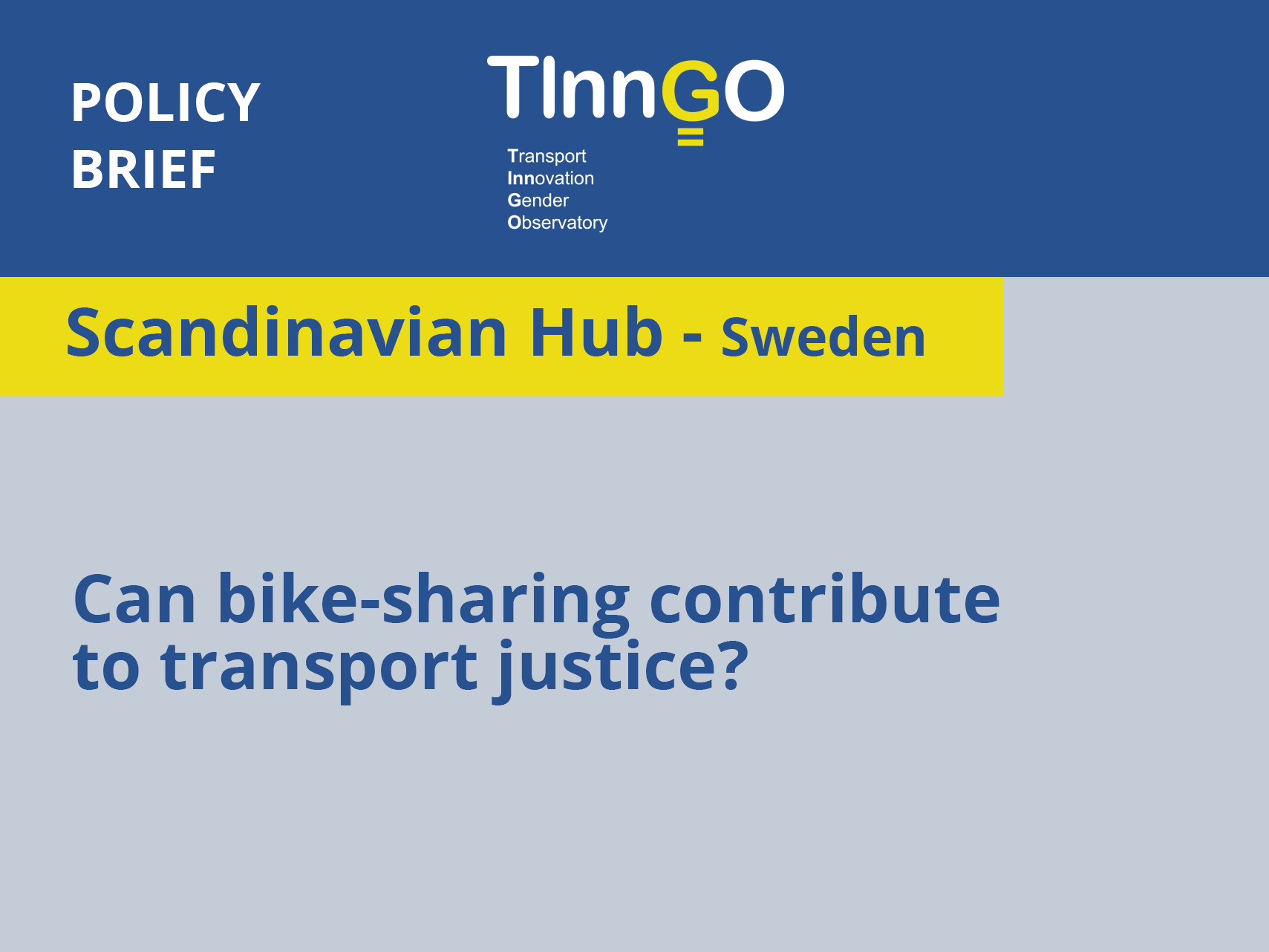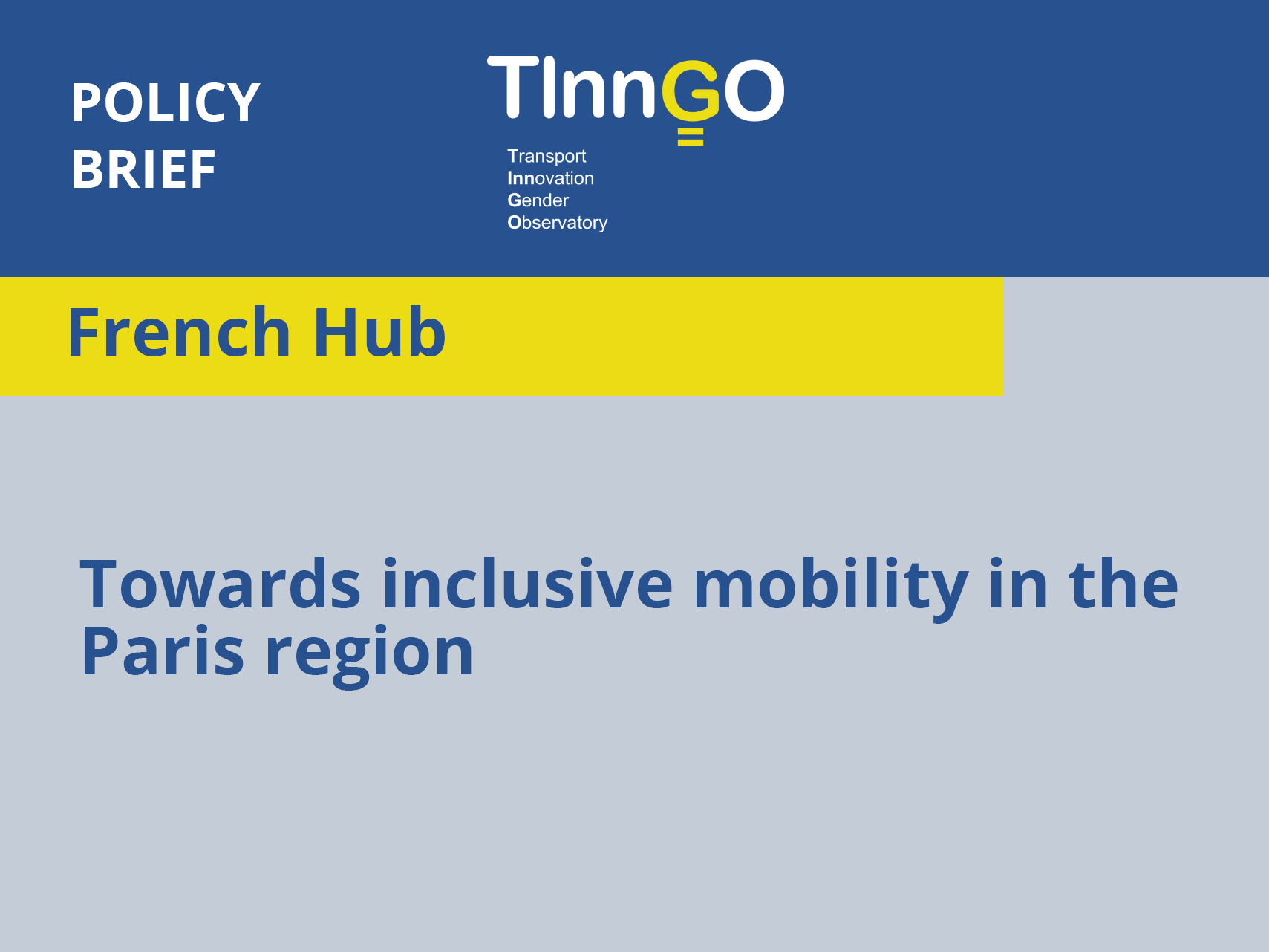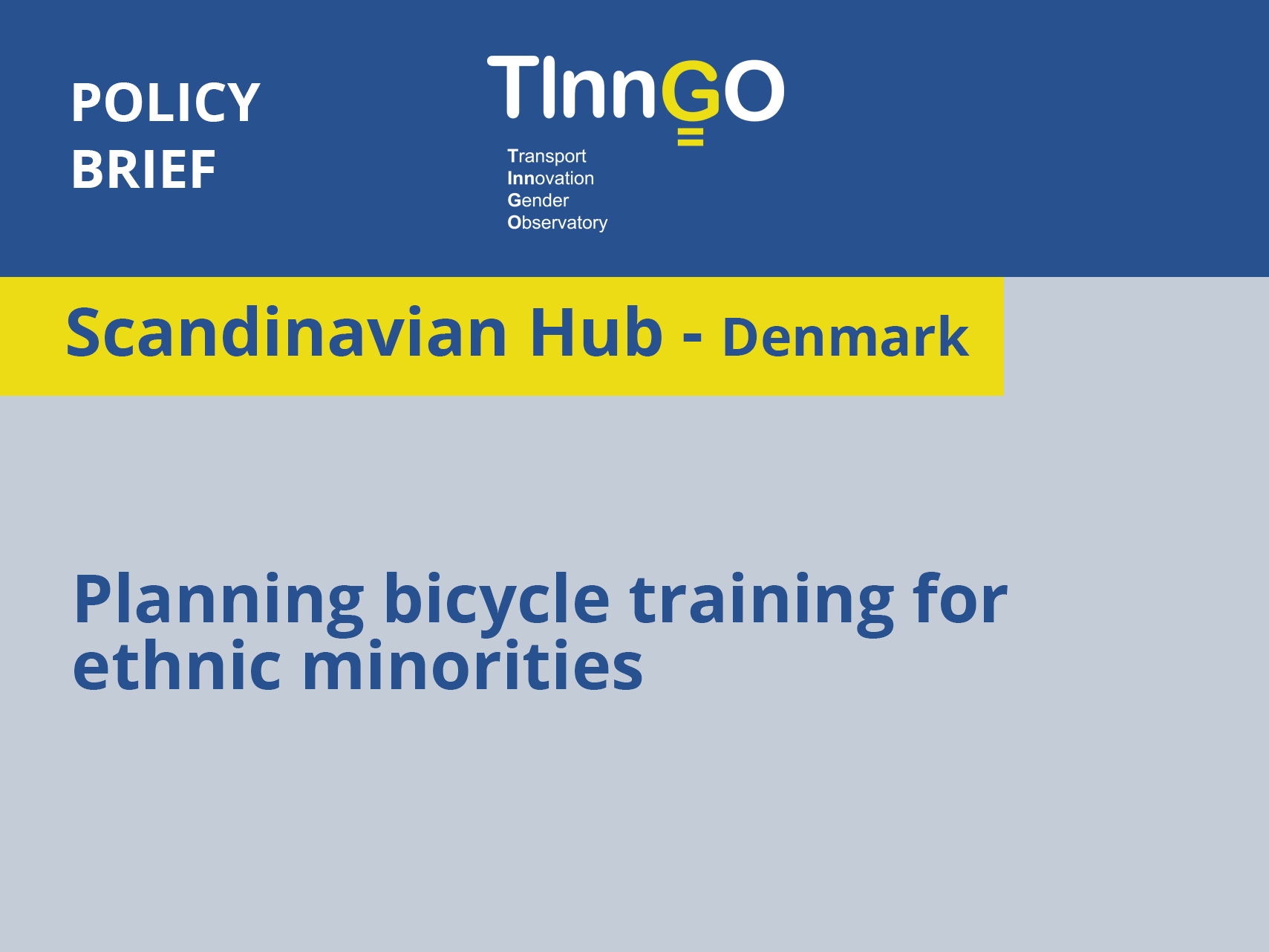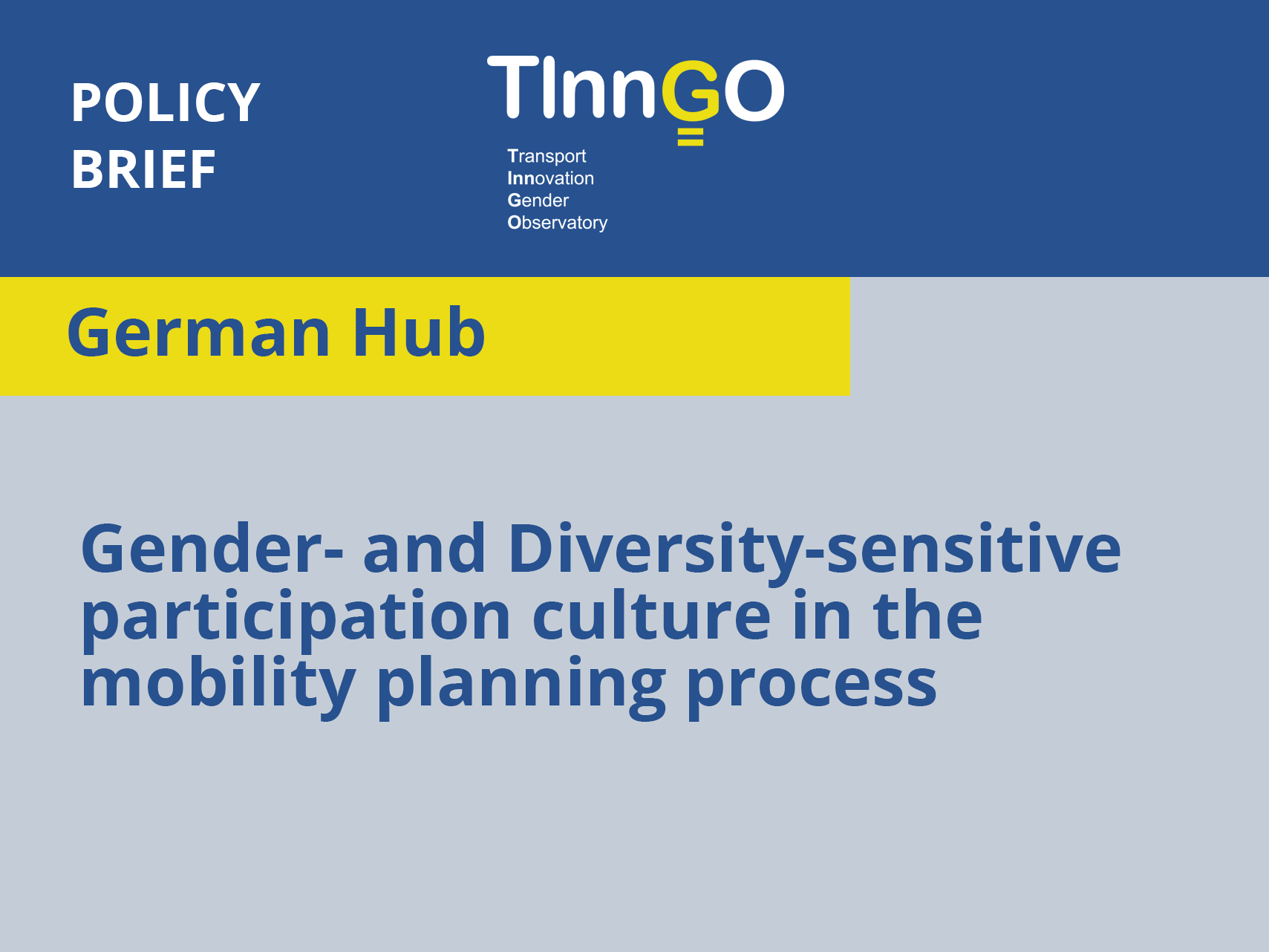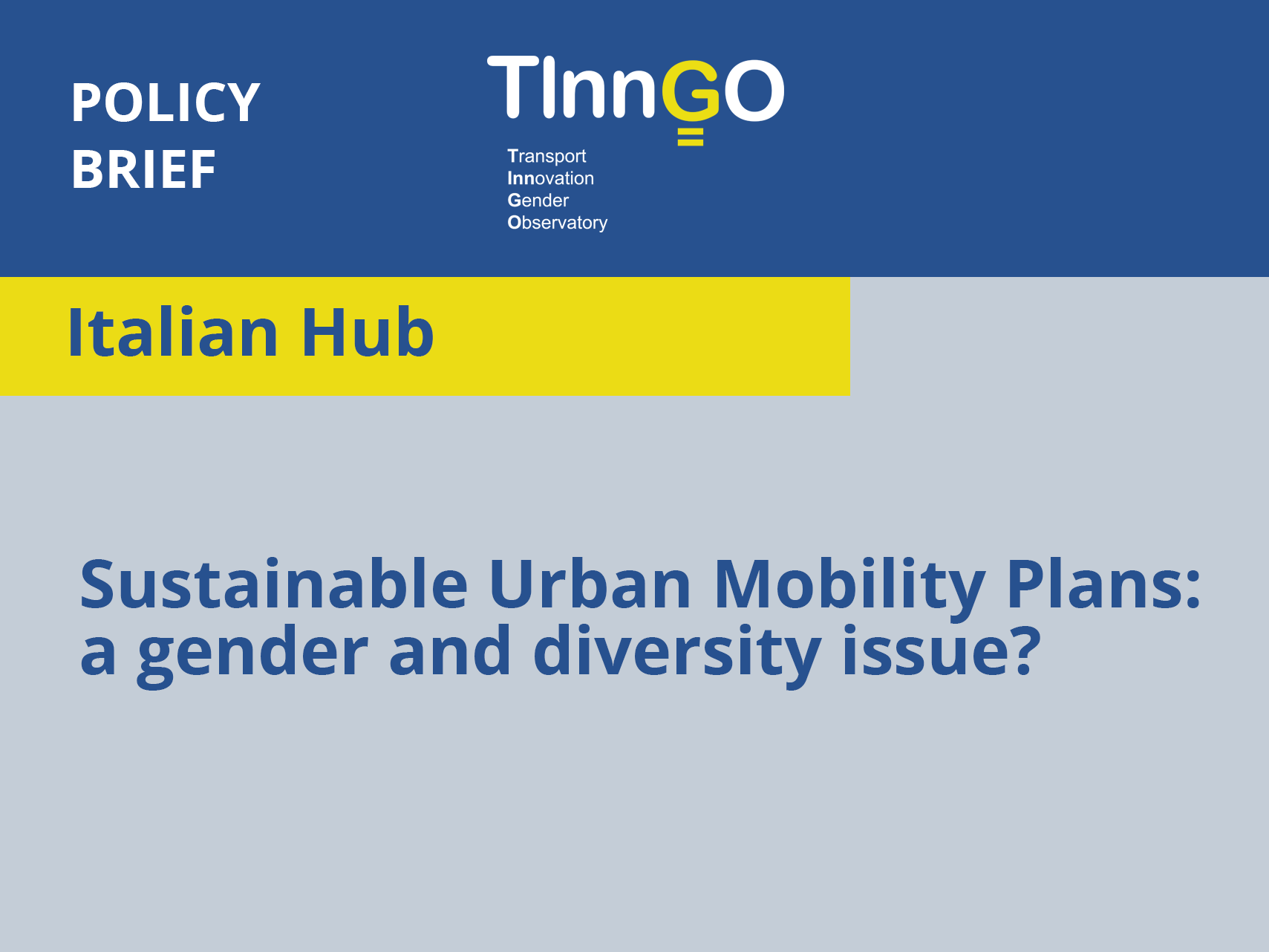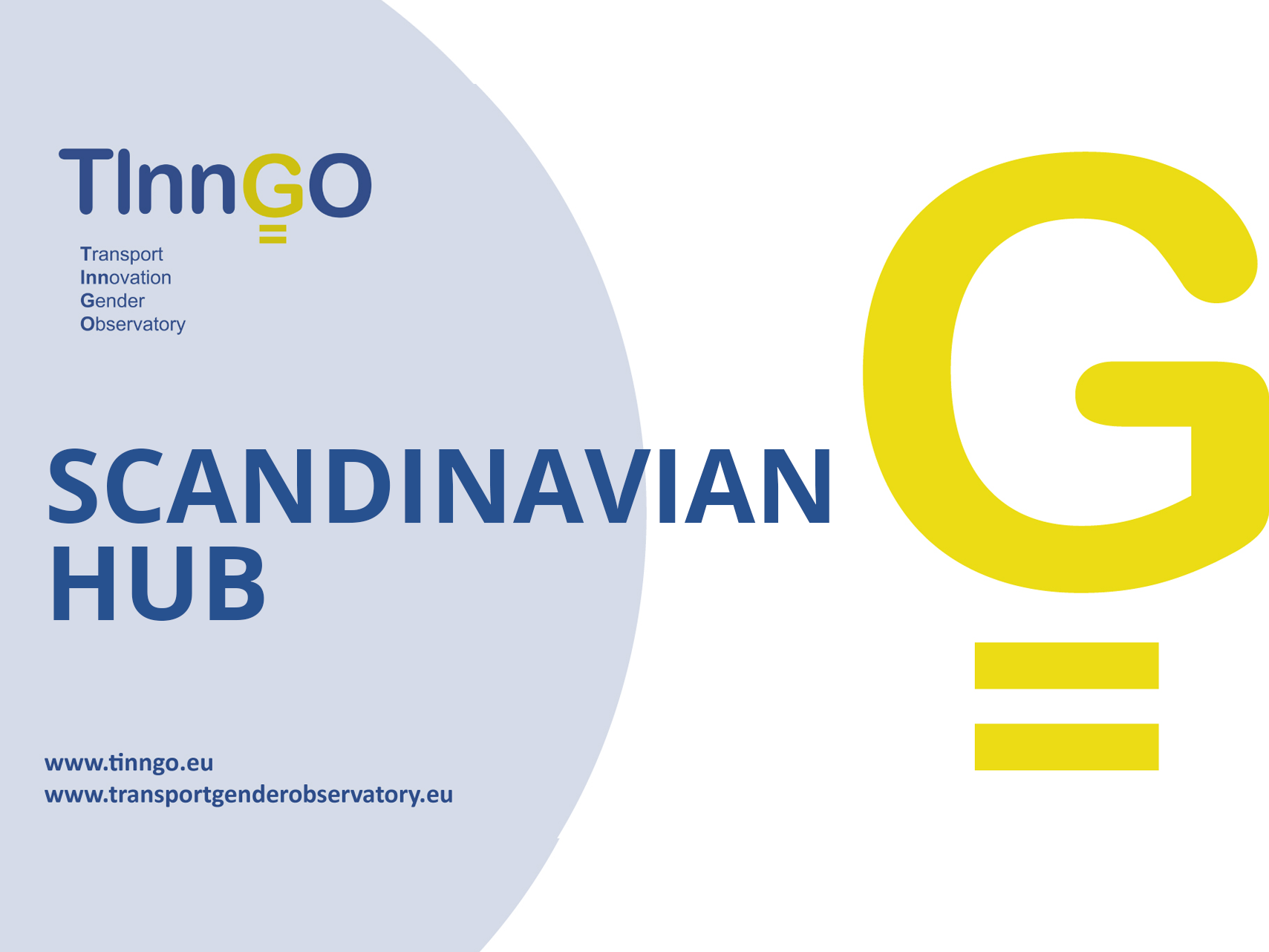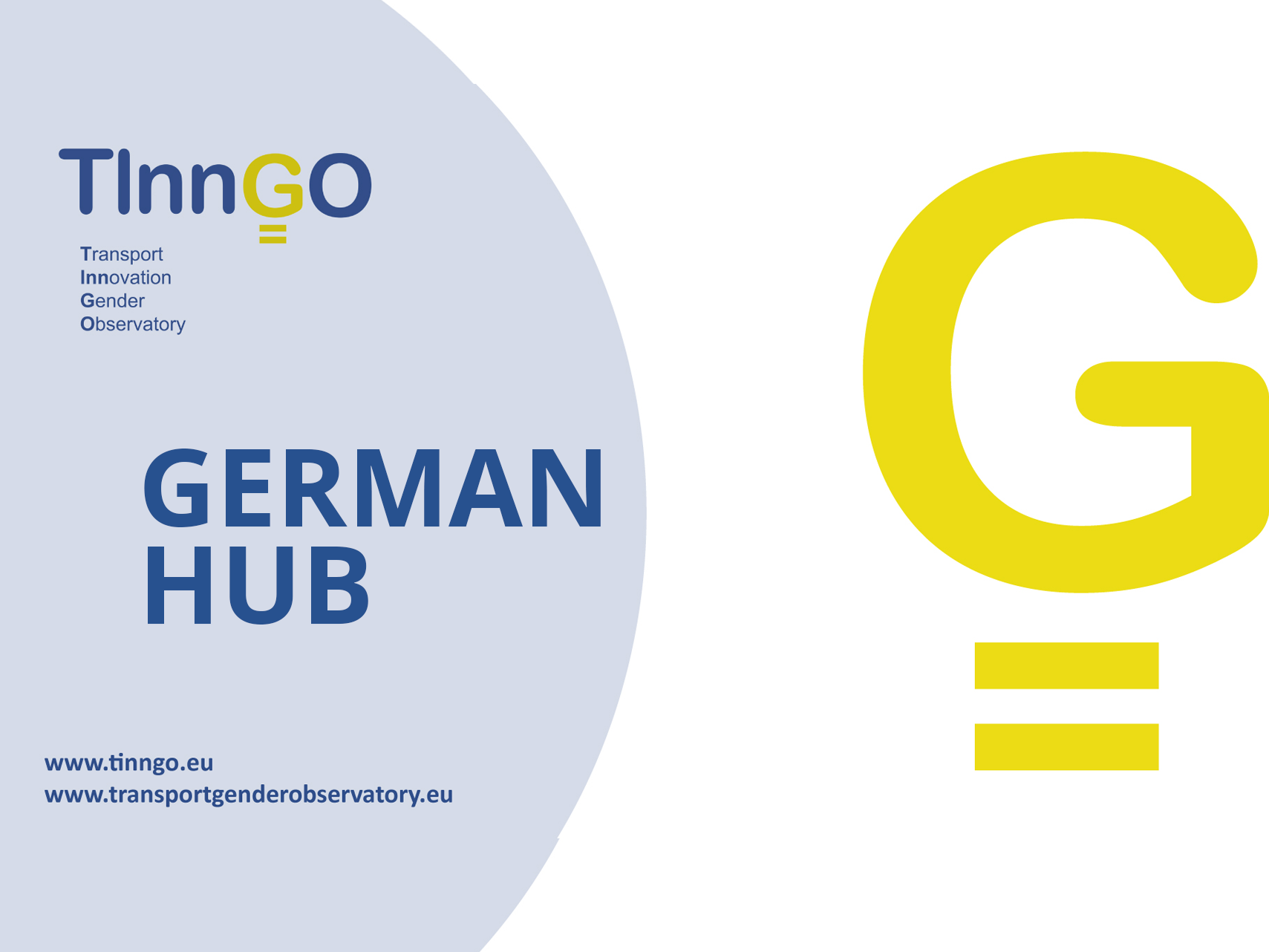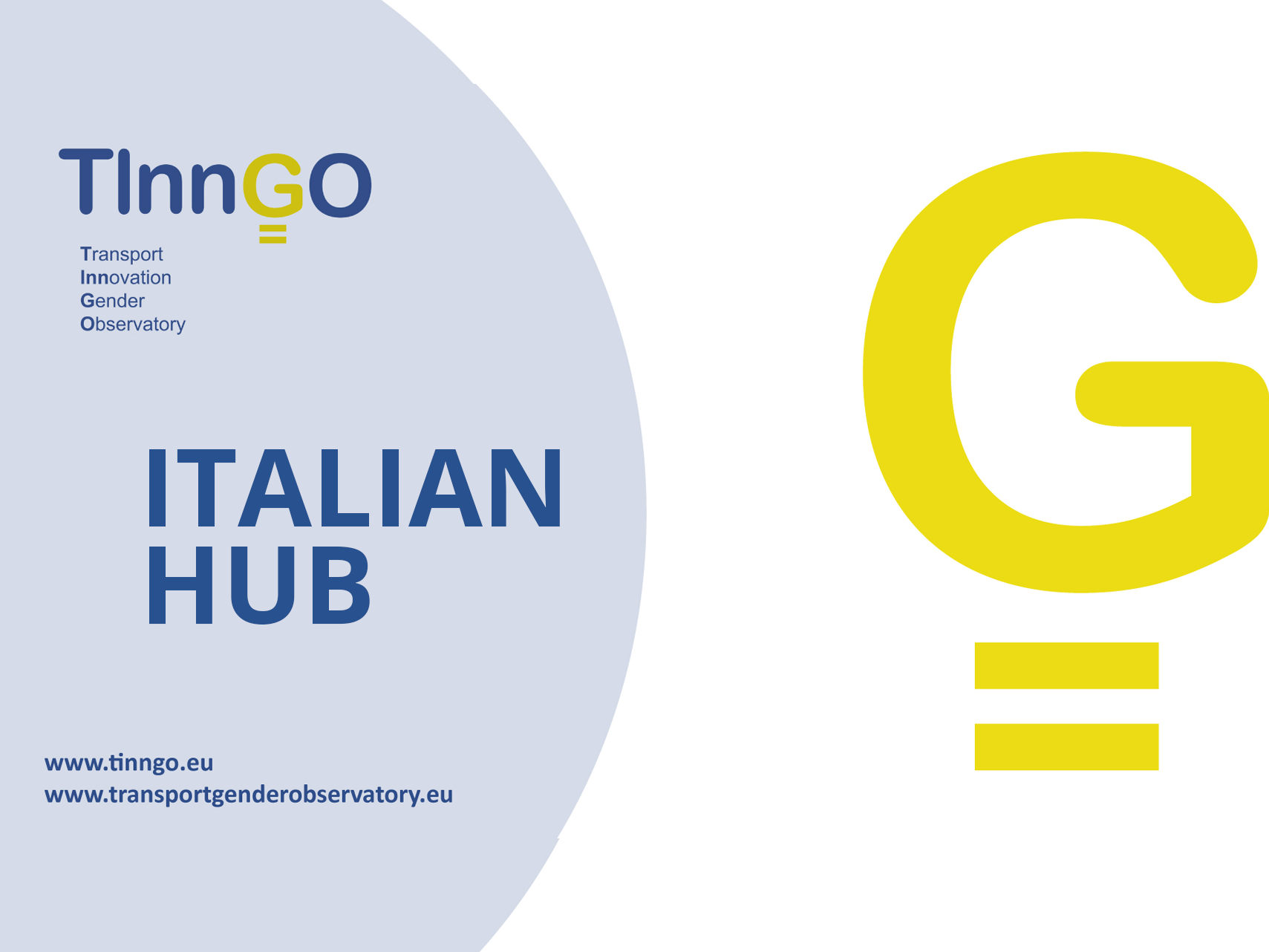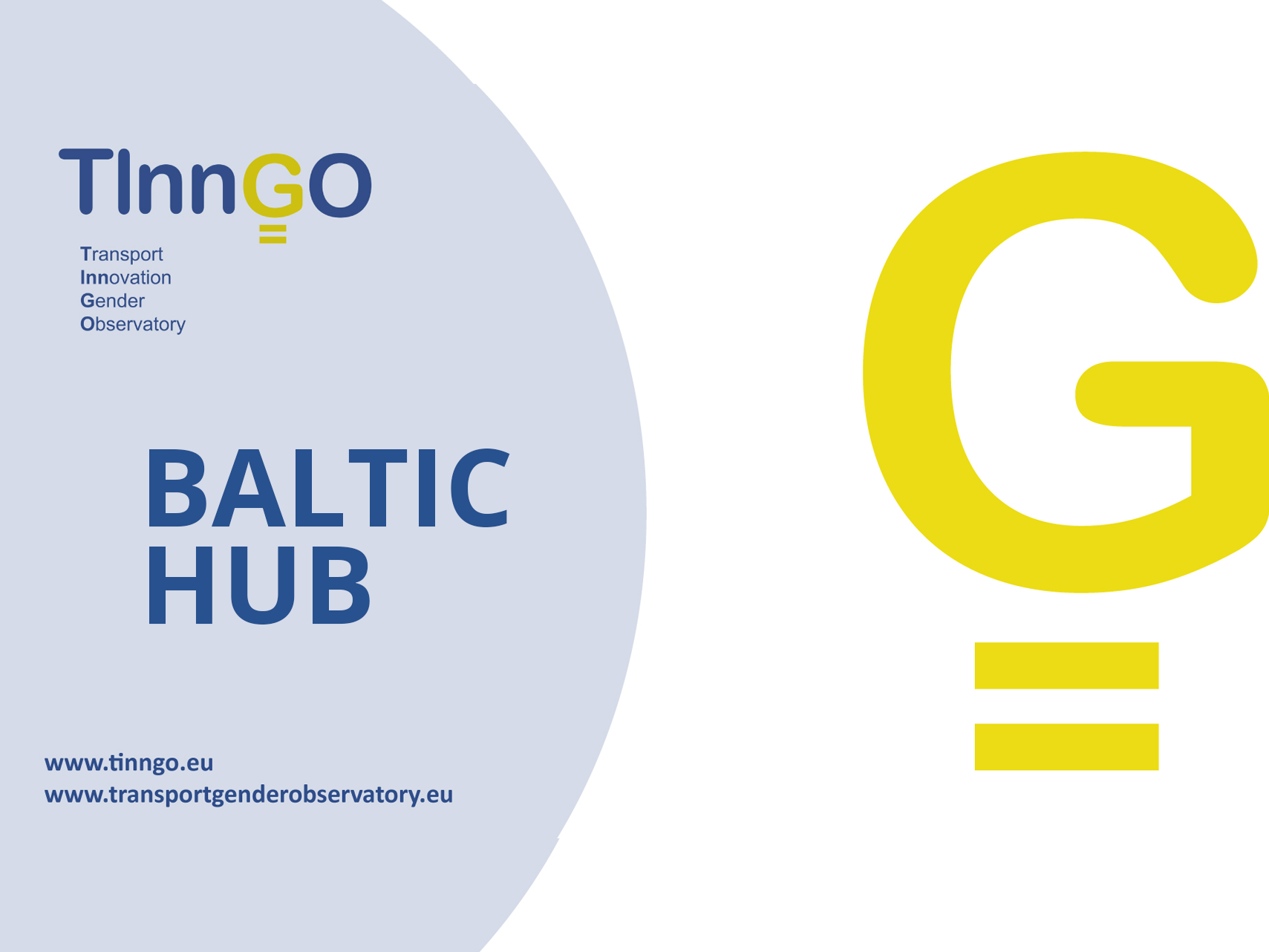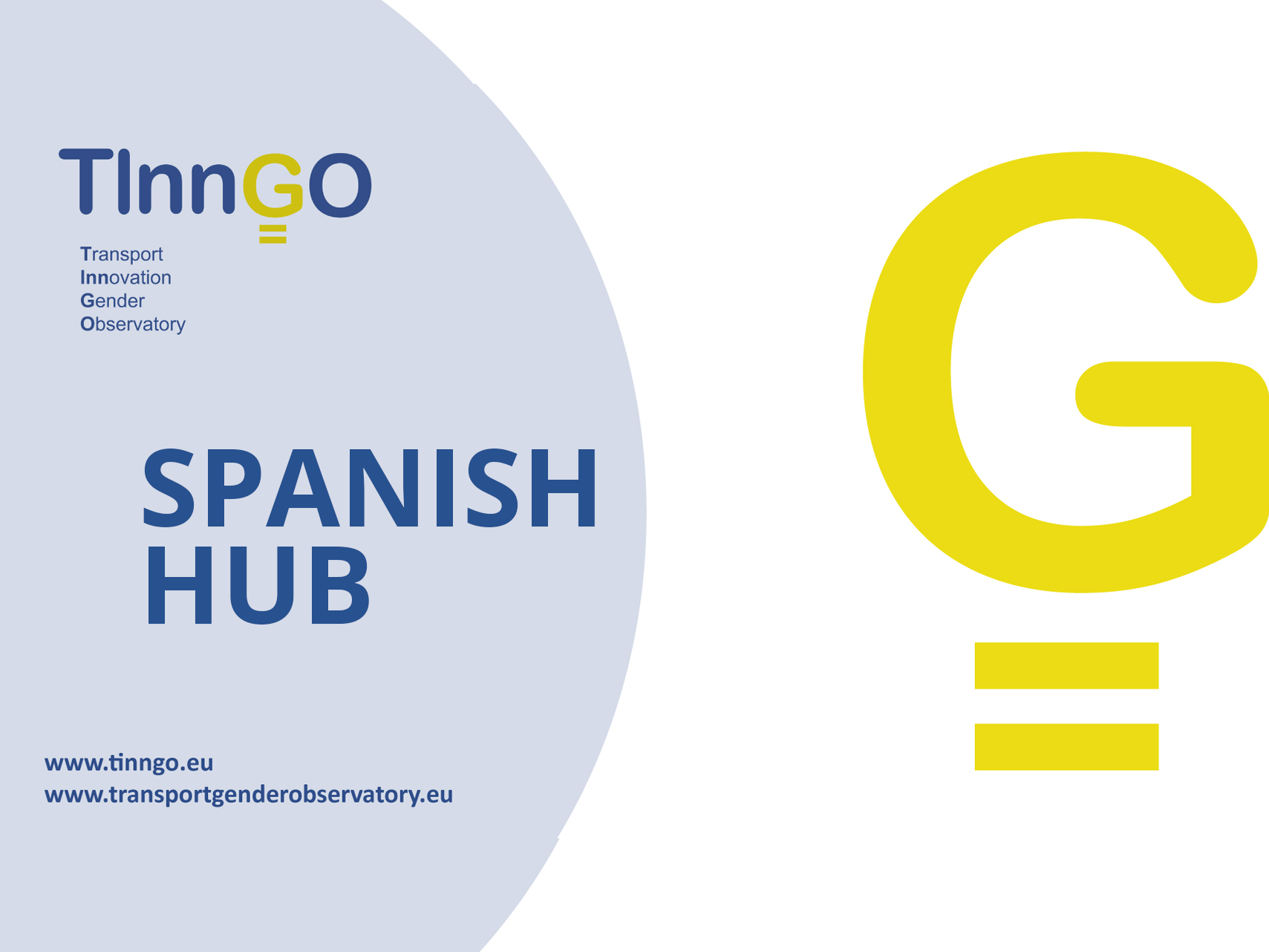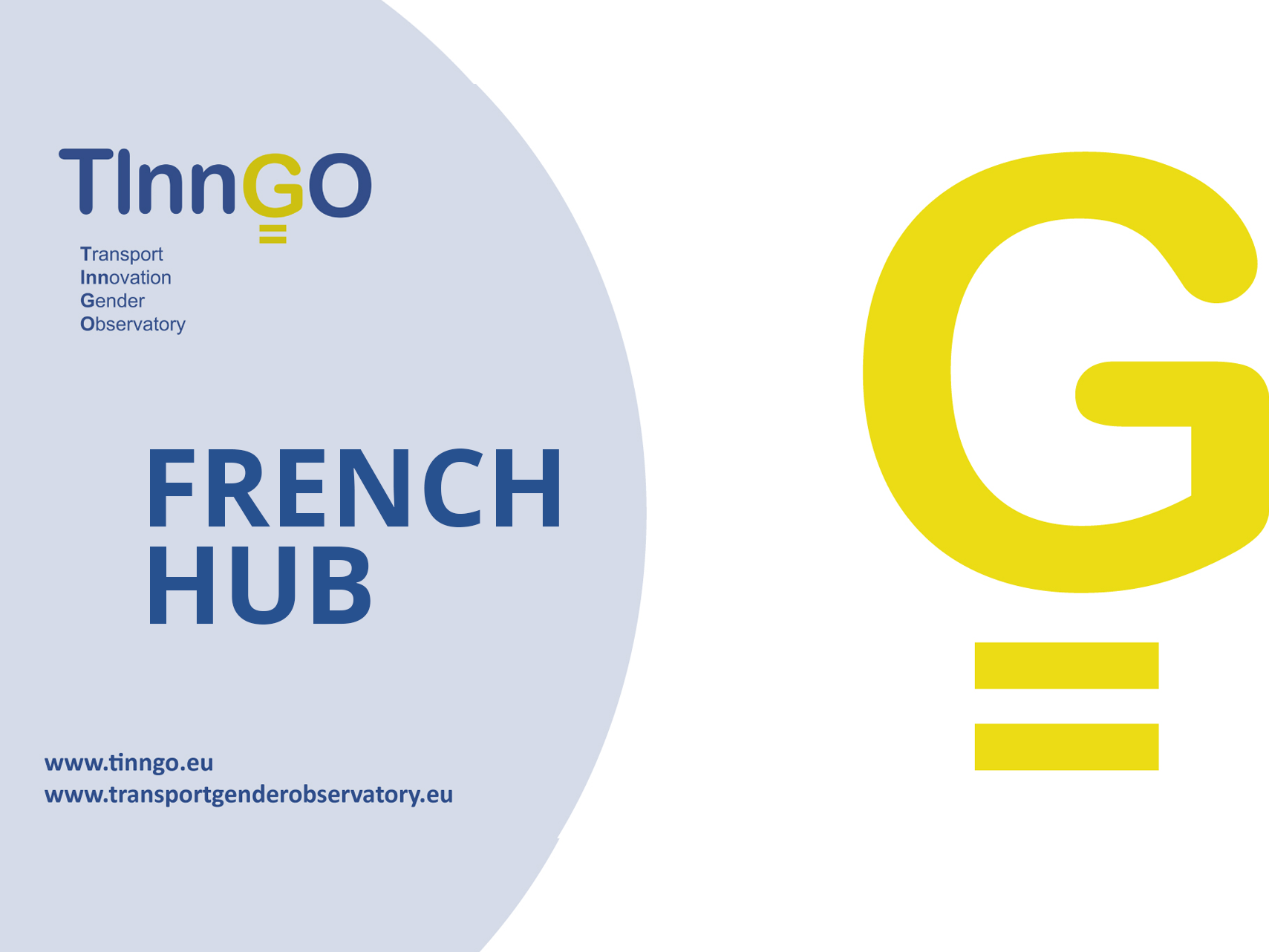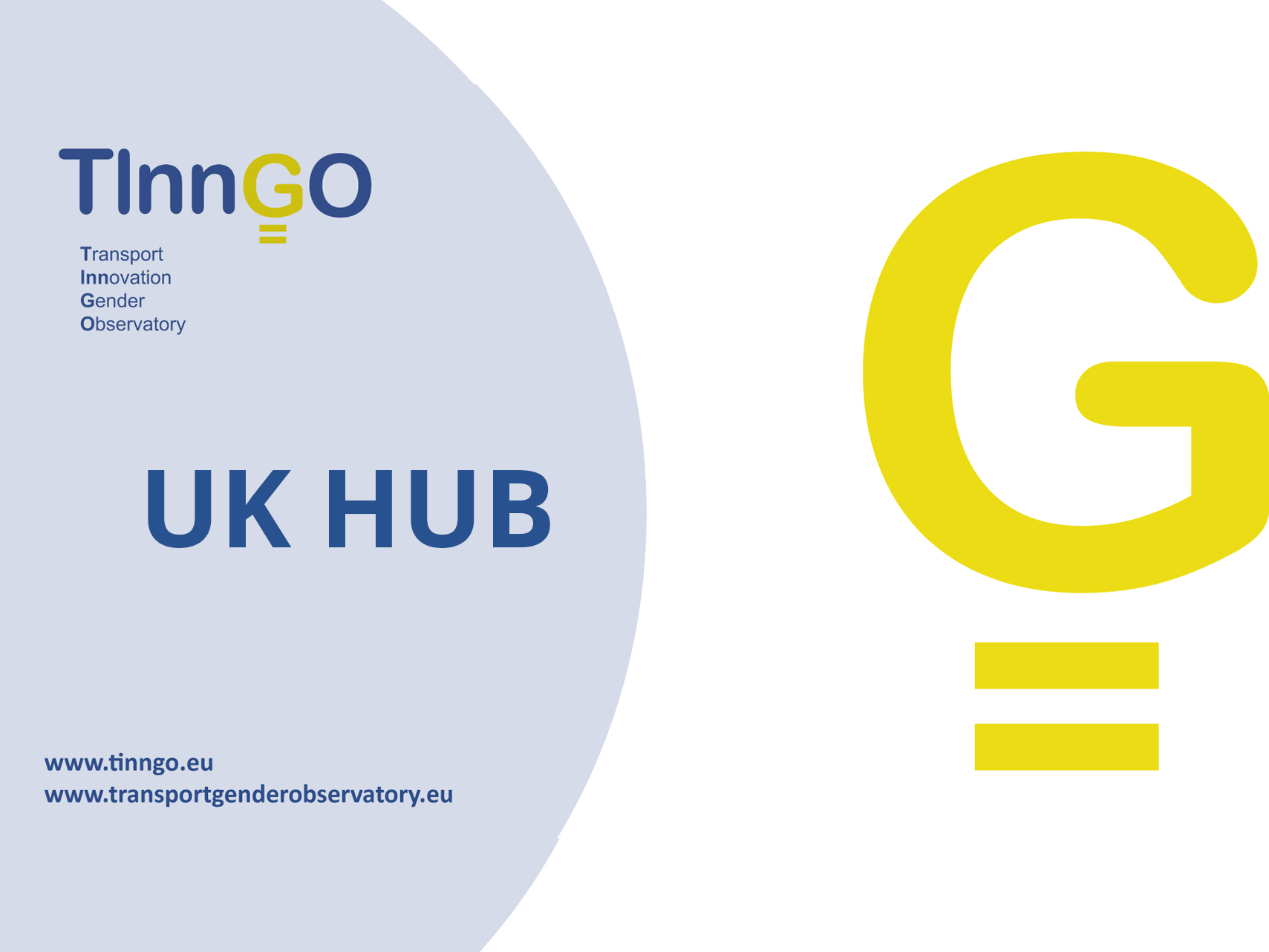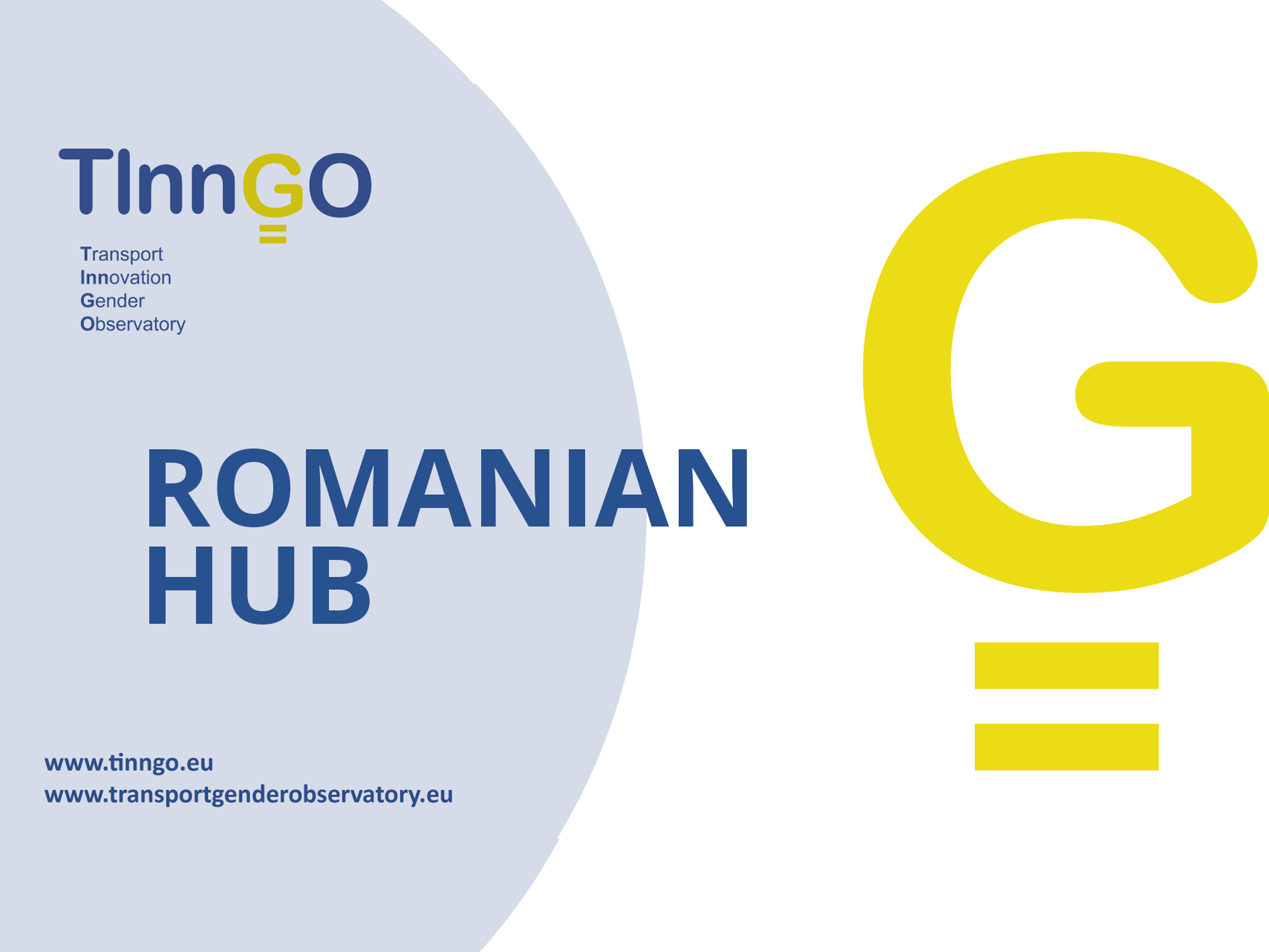To be more innovative and to meet the needs of all people, the transport sector needs approaches and strategies that investigate how mobility and gender mutually influence and depend on each other. Also, the sector needs to take into account the diversity within groups of women and men in different contexts. To work with gender action plans (GAP) is a common method to support gender equality, but to date this has not included diversity issues. The TInnGO project responds to this need in both research and practice by introducing the new and pathbreaking method of Gender and Diversity Action Plans (GaDAPs).
The development of these Gender and Diversity Action Plans builds on the existing methods of Gender Action Plans (GAP), which is a central pillar in European work for gender equality. The GAP relates to the strategy of Gender Mainstreaming as a specific tool to integrate gender throughout decision making, planning, and design by identifying imbalances and inequalities in processes where gender has been invisible or not regarded as important. Yet, while gender is a recurrent evidence of inequality in the transport sector, other categories, such as class, disability and age, play a crucial role in transport needs and mobility barriers. That is why TInnGO introduces the intersectional approach in processes of ensuring a sustainable and inclusive transport system in the future, also captured in the concept of Gender Smart Mobility.
The development of GaDAPs has especially emphasized the processes of translating theory into practice. Five indicators have been defined to guide the work (see list below). While the framework of the GaDAP method is general, the implementation has to be practice oriented and context specific to enable a strategic approach. The GaDAPs serve as examples for inspiration to start including perspectives of gender and diversity in various areas of transport. The GaDAPs are ongoing processes aiming for a sustainable and inclusive game change of transport and mobility in Europe and are based in the following countries: Denmark, France, Germany, Greece, Italy, Lithuania, Portugal, Romania, Spain, Sweden, and UK.
The theoretical background and more details can be found in the TInnGO Report on GaDAPs in Gender Smart Mobility D4.8*.
List below: Gender Smart Mobility contains 5 dimensions, which can be used as indicators to measure the degree to which transport solutions meet the needs of various people.
(*Document being reviewed by the European Commision).

